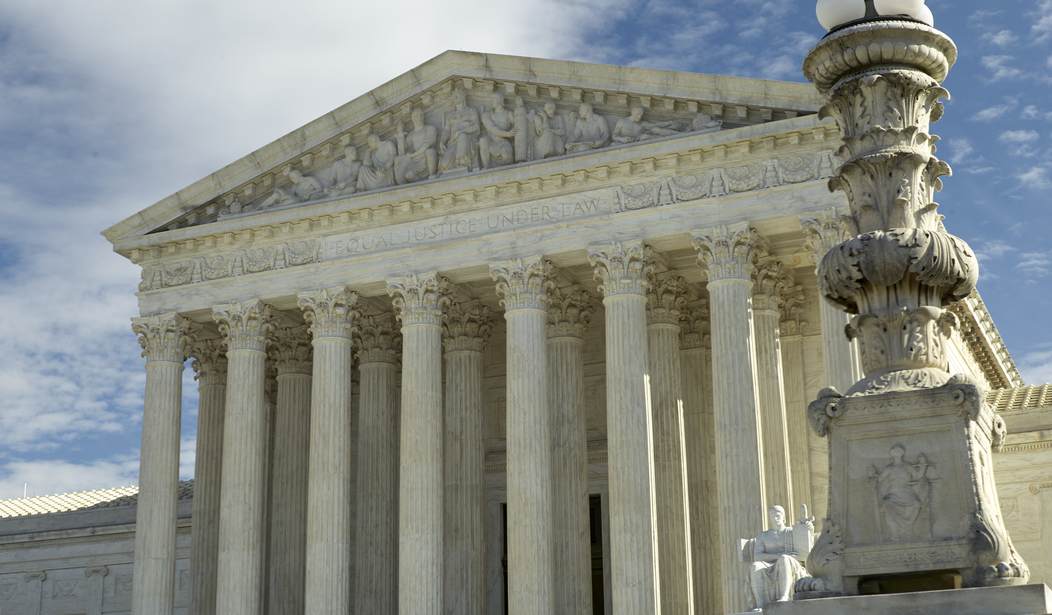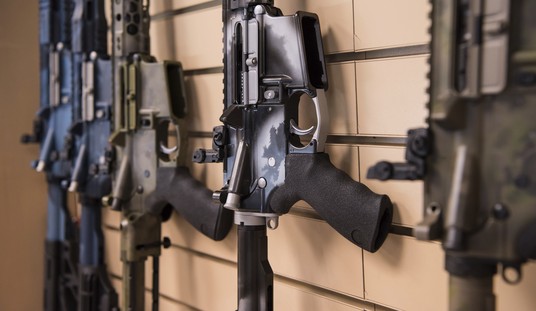The Supreme Court’s already agreed to hear one challenge to a state’s restrictive carry laws this year, but could the Court accept a second case in the coming months? The certiorari petition in Young v. Hawaii is now on the docket for the Supreme Court to consider, though it will likely be the fall before justices have a chance to consider the case in conference.
You may remember this case because of the atrocious opinion delivered by the Ninth Circuit Court of Appeals a few months ago, in which the appellate court concluded that Hawaii’s ban on the open carrying of firearms without a license (a license, by the way, that is never granted to average citizens) doesn’t violate the Second Amendment because longstanding Hawaiian tradition trumps the language of the Bill of Rights.
Not long after the Ninth Circuit released its opinion in Young v. Hawaii the Supreme Court accepted a challenge to New York’s restrictive concealed carry laws in a case called New York State Rifle & Pistol Association v. Corlett, but attorney Alan Beck argues in his cert petition that SCOTUS should accept the Hawaii case as well, noting that the questions raised in both cases are substantially similar.
This petition presents the same issue accepted for review in NYSRPA. The question there, as reformulated by the Court, is “[w]hether the State’s denial of petitioners’ applications for concealed-carry licenses for self-defense violated the Second Amendment.” The question, if answered affirmatively, would necessarily include a holding that the Second Amendment extends outside the home. That is so because if the right did not extend outside the home, then the self-defense needs of the petitioners who applied for a concealed carry license in NYSRPA would be legally irrelevant. Mr. Young likewise was denied a permit to carry for self-defense, either openly or concealed, and he challenges that denial on Second Amendment grounds. Indeed, the holding from which he appeals is much more extreme than that in NYSRPA because the Ninth Circuit concluded there is no Second Amendment right whatsoever outside the home.
Beck isn’t asking the Supreme Court to consolidate the New York and Hawaii cases. Instead, he argues that if the Court doesn’t accept Young v. Hawaii outright, it should hold the case until a decision has been reached in NYSPRA v. Corlett. Given the attempt by the Ninth Circuit to rewrite the Second Amendment to exclude bearing arms outside the home in self-defense, I’d say the odds are good that at least four justices will agree with one of the options Beck lays out. I can’t imagine that a justice like Clarence Thomas or Samuel Alito would be willing to let the Ninth Circuit’s decision stand without comment, though gun owners shouldn’t hold their breath waiting for the Supreme Court to decide what to do with the case, though that has far more to do with the calendar than any internal Court politics.
The state of Hawaii’s response is due to the Supreme Court by June 24th, which unfortunately is the same day as the last conference for the Supreme Court term that began in October of last year. The first conference of the 2021 term won’t take place until October 8th, and by then oral arguments in NYSPRA will likely have been scheduled. The calendar makes it highly unlikely that the Court would choose to consolidate the two cases, but holding Young would be a simple step for the justices to take when they return in the fall.
Beck’s cert petition should make for some fun summer reading for the justices in the meantime, however. He does a great job of laying out the absurdities in the Ninth Circuit’s decision, including this little nugget in which the appellate court argued that recognizing the right to bear arms outside the home is somehow an affront to state governments.
The majority’s opinion deems the individual right of self-defense in public to be unnecessary because the government exists to protect the people (“Protection is the quid pro quo for our allegiance to the government” and stating that right to carry cannot be allowed because it would suggest that the government “was unable or unwilling to protect the people”).
The majority thus declares that “[c]arrying arms in the public square infringes on states’ police powers for similar reasons.”
Balderdash. A State does not owe to “the people” (who possess the rights safeguarded by the Second Amendment) the English king’s duty to protect its subjects, either in the “public square” or anywhere else. See Deshaney v. Winnebago Cty. Dep’t of Soc. Servs., 489 U.S. 189, 193-94 (1989) (no requirement for “a state or local governmental entity to protect its citizens from ‘private violence, or other mishaps not attributable to the conduct of its employees.’”) See also Town of Castle Rock v. Gonzales, 545 U.S. 748, 767 (2005). Under the Constitution, “the people” are sovereign; they are not mere subjects who must bend a knee to the State.
Good stuff, and again, I can’t imagine that the same justices who accepted NYSPRA v. Corlett are going to be content to let Alan Beck have all the fun eviscerating the Ninth Circuit’s decision without taking on the opinion themselves.








Join the conversation as a VIP Member